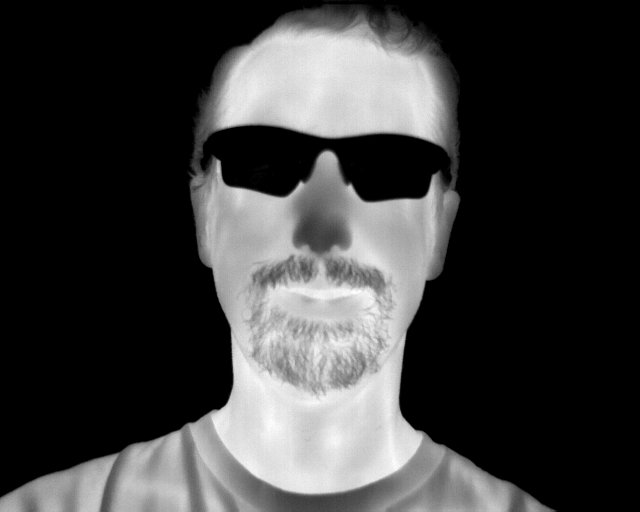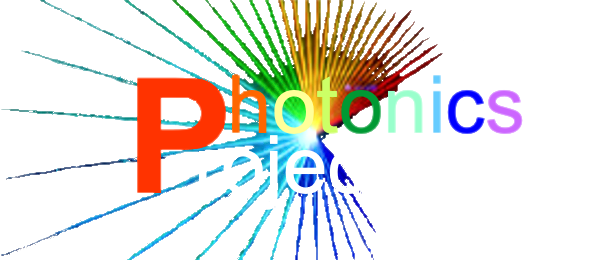Mr. Chris Dobbins is an Experimental Developer assigned to the Infrared and Signals Processing Technology Division of the U.S. Army Combat Capabilities Development Command Aviation & Missile Center Technology Development Directorate in Huntsville Al. He completed his B.S. in Electrical Engineering at the University of Tennessee Knoxville in 2001, where he concentrated in image processing and electronics. He then accepted a job working for the U.S. Army as a Test Engineer for Redstone Technical Test Center (RTTC) on Redstone Arsenal in Alabama. He rapidly became lead of the IR Signature Team and spent the next ten years building it to a state-of-the-art collection capability. While working at RTTC full time, he went back to school and completed a M.S. degree in Electrical Engineering from University of Alabama in Huntsville in 2009, with a concentration in optoelectronics. Mr. Dobbins, then accepted a job at Aviation and Missile Center (AvMC) as an EO/IR Engineer.

At AvMC, Mr. Dobbins then moved to his current position as an Experimental Developer. He provides electro-optical and infrared technical support to Army and DOD project offices to include test planning, field testing, system integration, and sensor design, characterization, and reporting. Additionally, he conducts modeling and simulation for infrared technical programs. Recent efforts have focused on advanced infrared technology developments in the areas of non-imaging spectrometers, high speed focal plane arrays, high sensitivity large format focal plane arrays, small pixel pitch detectors, and uncooled infrared technology.
Photonics Project: Chris – thanks for taking the time for some questions and answers. First of all, tell us a little about your current role and organization?
Chris: My current role is a SME in Infrared sensor design with a focus on target signatures and atmospheric effects between the target and sensor. As you are well aware, the first several meters off the ground is the worst ‘soup’ to deal with. Having a good understanding of the target signature and atmospheric losses defines the right kind of sensor to utilize for detecting, classifying, recognizing, and ultimately identifying a target. Utilizing this knowledge along with other constraints drives the seeker/sensor design.
Photonics Project: Some important goals and interesting technology there for sure. By the way, how did you get started with Infrared Technology?
Chris: Ha, pretty much “Sink or Swim”! LOL. I started at Redstone Test Center in 2001 and was put in charge of the IR Field Signatures. At that time there had been several turn overs in personnel. I was handed the Green edition of the IR Handbook, given a lot of leeway, and given very good hands on instruction by one of the best IR techs around (Thanks Brent!). There was a small warehouse with many millions of dollars of IR instrumentation – 30+ high end blackbodies, 5 Inframetrics 760’s, 3 Amber Galileo’s, several Indigo Merlin’s, many 1-off specialized imaging radiometers, spectrometers, and a host of other equipment. I took any kind of short course I could find and gobbled up papers/books. Took the opportunity to blend the perfect world theory with practical real-world limitations of actual equipment.
Photonics Project: Wow, great stuff sounds like a great toy box for a young engineer. And yes of course the old IR Handbook. That was the bible of IR, once upon a time for a long time. Then replaced with the Eight Volume IR & EO Handbook we now have on the site, as well as the newer textbook.
Chris: Right, along with the online website tools.
Photonics Project: Exactly, which brings us to our next question, what do you think of the site and tools, and how can we improve?
Chris: For todays students, the visual interaction is key and obviously the web tools hit that on the head. Once you understand the physics you can see how the blackbody and other curves move in your own mind, but for the first-time student seeing the interaction with temperature in real time is super useful. Also for something like the atmospheric tool, I like how you took a super powerful but complex code like Modtran and condensed it down to a byte size chunk, again so that someone learning it does not have dozens to hundreds of inputs – you have a couple of the big knobs to play with.
Photonics Project: Yes, the tools are organized into individual modules that correspond to the chapters in the Textbook. They can be learned one by one, with some instructional graphics that correspond to the (simplified) inputs.
Chris: Yes, I see how they line up nicely and the student can see what it is they are tweaking. You can play around and learn as you interact with the tool, unlike inflexible older media.
Photonics Project: Thanks. Did you see any areas for improvement?
Chris: Sure. One thing that has been a historical struggle in this field is nomenclature. I have seen meetings with people talking past each other due to basic misuse of the terminology. A definitions page with units would be a good addition, and particularly distinguishing source/emitter from receiver.
Photonics Project: Actually, that is a really great idea. We can do that on the references tab. I will get that going.
Chris: Back onto some things I enjoyed, this toolset let you go under the hood of the camera core and Focal Plane Array (Detector and ROIC parameters) more so than any other tool I have openly seen. You can see dependencies deeper into the camera design that are normally not known outside the detector industry.
I think this is a great thing and will allow government and other third-party packagers to understand how to get more of what they need from the infrared detector industry by working more collaboratively on the basics of the design. This type of cross functional communication will help the warfighter be successful.
Another point goes back to the modularity of the system along with the above-mentioned logic following the camera design flow. Other codes used in industry and government are much more cumbersome to initially learn and have adjustment factors that defy initial understanding and intuition. By following the path of a photon emitted to electrons in the well, a clear basic understanding of the phenomenon can be reached before introducing these additional factors (some are human perception related) and a larger code infrastructure.
I see the website as the modern IR wall chart. Whereas the IR wall chart shows excellent information for quick reference, it lacks the dynamics of interaction that a website can provide.
Photonics Project: Great points. The tools are currently structured for learning the basics and course work. They also correspond with textbook chapters pretty well. We are then putting streamlined versions of the tools on the GitHub which will allow for stringing them together for more advanced runs and other offline modifications. We certainly understand that some people will then move on to use in house or government supplied codes that are more complex, but these tools should help develop that needed understanding to get off to a quick start.
Chris: I have a few more ideas for some good references, including DTIC (the Defense Technical Information Center), the Signature Measurements Standards Group, as well as the oldest papers I keep electronic copies of – Lord Rayleigh’s papers on the scattering of light in the 1870’s.
Photonics Project: Well, quite the renaissance man! Very impressive. I believe he may have also worked a little on blackbody radiation as well.
Chris: Indeed, he did.
Photonics Project: Last question, what is next for you and your organization?
Chris: With the Army’s refocus from counter insurgency to near-peer advisories there has been a resurgence of modernizing priorities. AvMC’s focus is Long Range Precision Fires, Air and Missile Defense, integrating missiles into Next Generation Combat Vehicles, and Future Vertical Lift. My main focus is developing/modernizing seeker/sensors for ATGM and SAM systems.
Photonics Project: Sounds like you will be keeping pretty busy! Thanks again!
